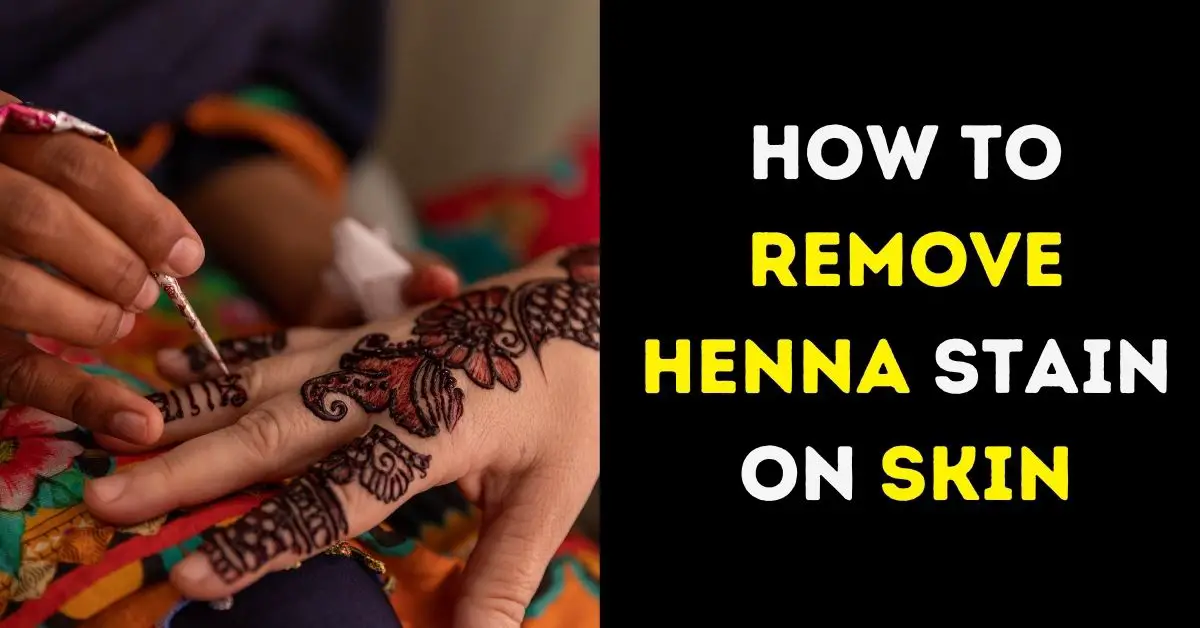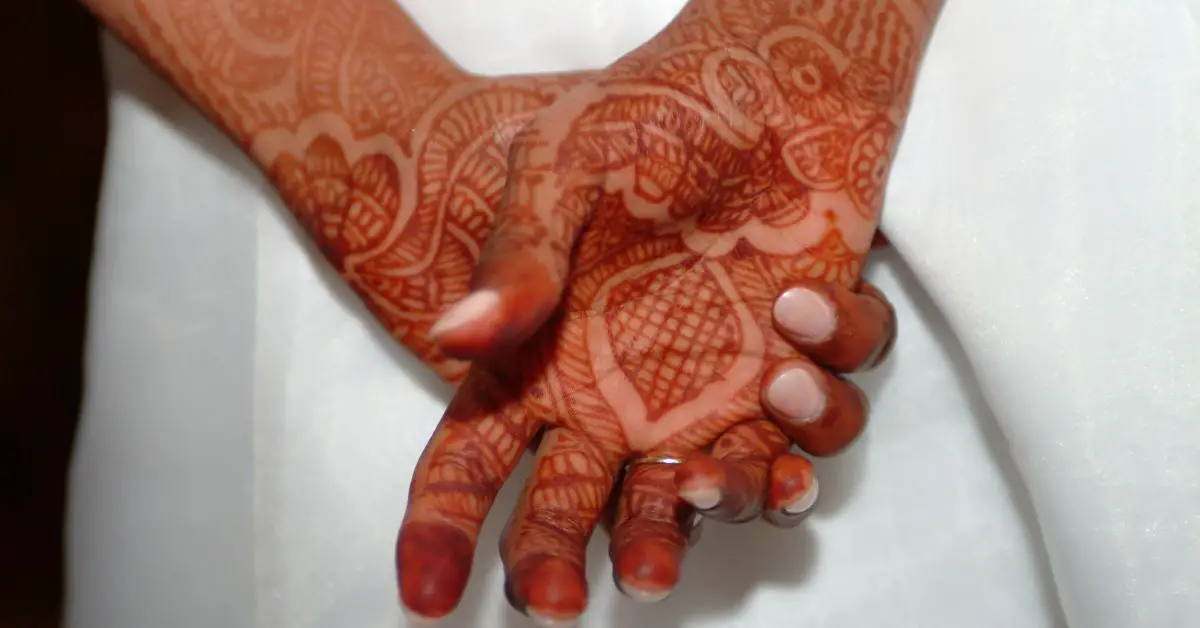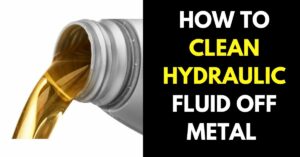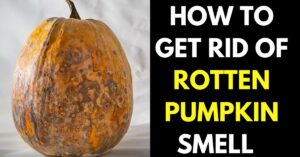
Henna, the natural dye derived from the Lawsonia inermis plant, has enchanted cultures worldwide for ages, serving as a symbol of celebration and tradition in temporary body art. While the application is delightful, the challenge lies in effectively removing henna stains. In this post, I’ll explore proven methods, from natural remedies to commercial products, to help you remove those lingering henna pigments, ensuring a clean canvas for your next artistic journey. Let’s talk about how to remove henna stain on skin?
Step-by-Step Guide: How to Remove Henna Stain on Skin Naturally
When it comes to saying goodbye to those lingering henna stains, natural remedies can be highly effective and gentle on the skin. Below are three tried-and-tested methods that will guide you through the henna stain removal process.

Salt Water Soak
- Prepare the Salt Water Solution: In a bowl, mix warm water with a generous amount of salt. Stir until the salt dissolves completely.
- Soak the Affected Area: Submerge the henna-stained skin in the salt water solution for about 15-20 minutes. The warm salt water helps to soften the henna pigment and makes it easier to remove.
- Gently Exfoliate: After soaking, use a soft washcloth or a loofah to gently exfoliate the stained area in a circular motion. Be careful not to scrub too hard, as henna stains can be stubborn and excessive scrubbing might irritate the skin.
- Rinse and Moisturize: Thoroughly rinse the area with water to remove any leftover salt or henna residue. Afterward, pat the skin dry and apply a soothing moisturizer to prevent any dryness or irritation.
Precautions and Potential Side Effects
- Avoid using salt water soak if you have any cuts or open wounds on the henna-stained skin, as it may cause stinging or discomfort. Additionally, if you have sensitive skin, it’s advisable to do a patch test first to ensure that the salt water solution doesn’t cause any adverse reactions.
Coconut Oil and Raw Sugar
- Benefits of Coconut Oil: Coconut oil is known for its excellent moisturizing properties, and it also helps to break down henna pigments, making them easier to remove.
- Create the Exfoliating Mixture: Mix a tablespoon of coconut oil with an equal amount of raw sugar to form a scrub-like consistency.
- Gently Massage the Stained Area: Apply the coconut oil and raw sugar mixture to the henna-stained skin and gently massage in circular motions. This will exfoliate the skin and facilitate the henna pigment’s removal.
- Rinse and Nourish: Rinse off the scrub with warm water, and then follow up with a nourishing moisturizer to keep the skin hydrated and supple.
Baking Soda and Lemon Juice
- Create the Baking Soda Paste: In a small bowl, mix baking soda with freshly squeezed lemon juice to form a smooth paste. The citric acid in lemon juice helps to lighten the henna stain.
- Apply the Paste: Carefully apply the baking soda and lemon juice paste to the henna-stained skin. Let it sit for at least 10-15 minutes.
- Gently Remove the Paste: Using a damp cloth, gently wipe away the paste. The baking soda and lemon juice combination will help lift the henna pigment from the skin.
- Rinse and Rehydrate: Rinse the area with water and apply a moisturizer to maintain skin hydration and soothe any potential sensitivity.
Remember, the key to successful henna stain removal lies in patience and gentle exfoliation. Don’t forget to moisturize your skin after removal to keep it healthy and radiant. Feel free to try these natural remedies and choose the one that works best for your skin type and preference.
Commercial Products for Henna Stain Removal: Micellar Water
Micellar water, known for its gentle makeup-removing properties, can also effectively remove henna stains from the skin. The tiny oil molecules in micellar water, called micelles, act like magnets to lift away henna pigments without harsh rubbing.
Best Practices:
- Apply micellar water on a cotton pad and gently press it on the henna-stained area.
- Let it sit for a minute or two to break down the pigments.
- Gently wipe away the henna stain without excessive rubbing.
- Rinse and moisturize your skin afterward.
Micellar water offers a convenient and gentle solution for henna stain removal, suitable for all skin types. With its help, you can bid farewell to henna stains and reveal a fresh, clean canvas.
Additional Tips for Effective Henna Stain Removal
Steam and Warm Water Baths:
Using steam or warm water baths can help accelerate the process of henna stain removal. The heat from the steam or warm water opens up the skin’s pores, making it easier for the henna pigments to loosen and be washed away. Enjoy a relaxing steam bath or soak the henna-stained area in warm water for a few minutes before attempting any removal technique.
Scrubbing with a Loofah or Exfoliating Gloves:
For those dealing with stubborn henna stains, incorporating a gentle scrubbing technique can prove beneficial. Using a soft loofah or exfoliating gloves, lightly scrub the henna-stained skin in a circular motion. The exfoliation process aids in breaking down the henna pigments and encourages faster fading. However, remember to be gentle and avoid excessive pressure to prevent skin irritation.
Dealing with Stubborn Stains:
Henna stains can be stubborn and may vary in their longevity and intensity based on several factors. One of the primary reasons for some henna stains being more resistant than others is the henna paste’s quality and the ingredients used during the application process. Additionally, individual skin types and the thickness of the henna layer can influence how deeply the pigments penetrate the skin.
However, effective henna stain removal involves employing a combination of gentle techniques, proper aftercare, and a dose of patience. Incorporate these additional tips and tricks into your henna stain removal routine to achieve the best results. Remember to care for your skin during the process to maintain its health and radiance. With these handy tips, you’ll be well on your way to saying goodbye to those henna stains and hello to a fresh canvas for your next henna adventure!
FAQs: Removing Henna Stains from Skin
Can you remove henna from skin after it dries?
Yes, you can remove dried henna stains from your skin. Avoid washing it off with water, as this may deepen the stain. Instead, gently scrape off the dried henna and apply coconut or olive oil to your skin. Afterward, wipe off the oil and henna residue with a paper towel. For a darker and more long-lasting stain, consider leaving the henna paste on your skin for at least 6 to 8 hours or even longer.
How long does henna stain skin?
The duration of henna stains on the skin can vary based on the application area. Stains on areas like the shoulder, chest, back, buttocks, belly, and upper arms typically last for 7 to 10 days. On the other hand, stains on thighs, lower legs, and lower arms can last anywhere from 10 days to 2 weeks.
Does rubbing alcohol remove henna?
Yes, rubbing alcohol can help remove henna stains. If you find the stain persists on fabric or surfaces, you can apply vinegar or rubbing alcohol to the affected area. Allow it to sit for up to an hour before laundering or cleaning according to the care instructions.
Does toothpaste get rid of henna?
While toothpaste can be effective for some stains, it may not be the best option for henna removal. Instead, try a more suitable method for henna stain removal:
To remove henna from your skin, try the following steps:
- Repeatedly wash the henna-stained area with warm water.
- Apply whitening toothpaste to the henna stain and let it sit for 10-20 minutes.
- Finally, scrub the area with oil and salt to help lift the henna pigments.
Remember, henna stains can be stubborn, and results may vary based on the intensity of the stain and individual skin types. Be patient and try different methods until you achieve the desired outcome.






